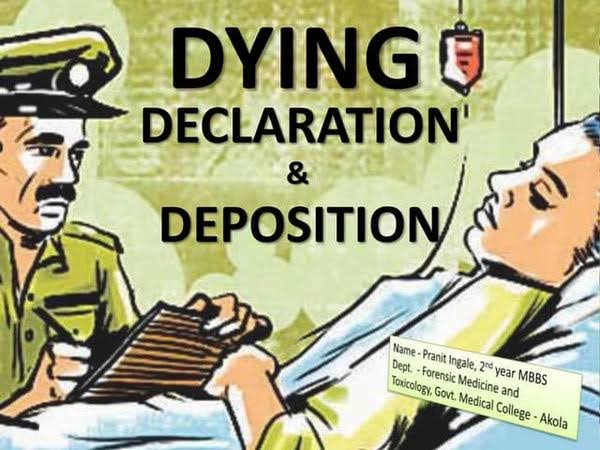@JUDGMENTTAG-ORDER
M.M. Pareed Pillay, J.@mdashRevision Petitioner challenges the judgment of the Additional District Judge, Thrissur in C.M.A. 32 of 1990. The Additional District Judge dismissed the appeal confirming the order in I.A. 2981 of 1989 in I.P. 3 of 1985 of the Sub Court, Thrissur. The Courts held that the revision Petitioner is not entitled to get absolute discharge in the insolvency matter.
2. Revision Petitioner filed I.A. 2981 of 1989 u/s 42 of the Kerala Insolvency Act. The Sub Judge allowed the petition on condition of the revision Petitioner discharging the amount due to the Respondent under the decree in O.S. 466 of 1979 of the Sub Court, Thrissur.
3. Contention of the revision Petitioner is that as he was adjudged insolvent by order, dated 8th September 1989 the Respondent could not have raised any objection later challenging it. In other words, revision Petitioner contends that once he has been declared insolvent on his petition u/s 10 of the Act the Court cannot reconsider it.
4. The question that arises for consideration is as to whether the Respondent is barred from raising objection to the revision Petitioner''s application for discharge on the ground that he did not urge the objections at the time when Petitioner filed the application u/s 10. Section 9 of the Act deals with conditions on which a creditor may file insolvency petition against a debtor. Section 10 provides for the conditions by which a debtor may prefer a petition. Section 6 enumerates acts of insolvency. u/s 10 a debtor can present petition only-
(1) if he is unable to pay his debts; and (2) his debts amount to Rs. 560 or if he is under arrest or imprisonment in execution of any money decree or (3) if an order of attachment has been made against him in execution of such decree which older is still subsisting against his property.
At the time of initiation of the proceedings u/s 10 the Court has only to be satisfied that the essential conditions for adjudication are present. Section 24 of the Act deals with the procedure to be adopted by the Court. When Section 10 petition is filed it is incumbent upon the debtor to establish that he is unable to pay his debts. Proviso to Section 24(1)(a) makes the position clear that where a debtor is the Petitioner he is entitled to furnish proof to satisfy the Court that there are prima facie grounds in support of his petition and the Court is not bound to hear any further evidence thereon. It is only at the stage when the petition is filed for discharge u/s 42 that the Court has to consider whether it must refuse absolute discharge or not. Section 43 gives out various grounds for refusal of an absolute discharge. Contention of the revision Petitioner that the Respondent is barred from raising any objection with regard to the discharge as he failed to raise the same when the application u/s 10 was considered is without any merit. The stage at which the Court can visit on the Petitioner its due consequence of misconduct is when he files the application for discharge u/s 42 and not at the initial stage. See
5. Ext. B-1 settlement deed was executed by the revision Petitioner after the institution of O.S. 466 of 1979. R.W. 1 stated that the revision Petitioner executed Ext. B-l settlement deed without consideration in order to avoid the payment of the decree debt in O.S. 466 of 1979. Revision Petitioner did not care to adduce any evidence to controvert evidence given by R.W.I. Both the Courts below were justified in holding that the only reasonable inference that can be drawn is that the revision Petitioner had executed Ext. B-1 only with the intention to defeat or delay his creditors. The Courts below correctly held that the revision Petitioner is not entitled to get absolute discharge.
There is no merit in the C.R.P. and hence the same is dismissed with costs.

